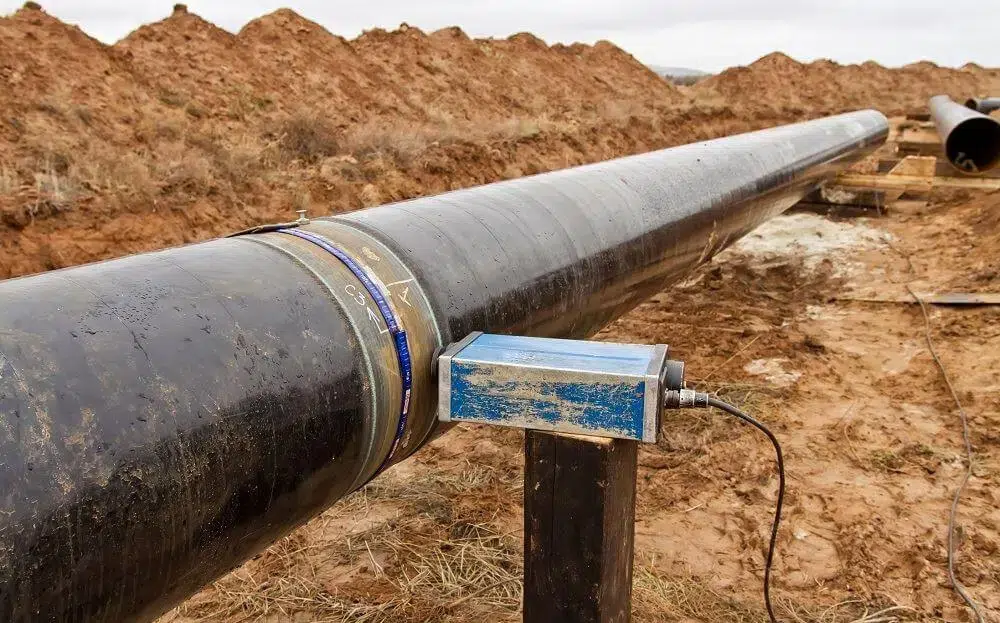
Cathodic Protection
Welcome to [NDT Inspection Portal]’s cathodic protection group, a place for professionals to connect... View more
How Cathodic Protection Works
How Cathodic Protection Works
Cathodic protection is a method used to protect metal structures, such as pipelines, tanks, and ships, from corrosion. It works by using an electrical current to reduce the corrosion of the metal.
There are two main types of cathodic protection: galvanic cathodic protection and impressed current cathodic protection.
In galvanic cathodic protection, a more corrosion-resistant metal, such as zinc or aluminum, is used to protect the metal structure. This metal is connected to the structure to be protected and acts as a “sacrificial anode,” meaning it corrodes instead of the protected metal.
In impressed current cathodic protection, an electrical current is used to protect the metal structure. A direct current is applied to the structure through an electrical circuit, which creates an electrochemical reaction that reduces corrosion.
Cathodic protection is an effective way to protect metal structures from corrosion, and it is commonly used in a variety of industries, including oil and gas, marine, and infrastructure.
Sorry, there were no replies found.
Log in to reply.